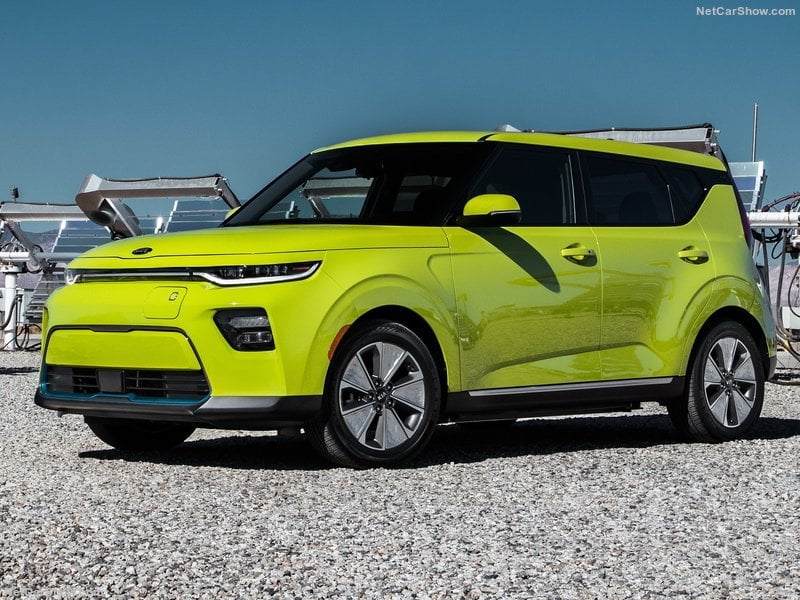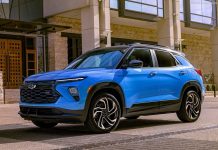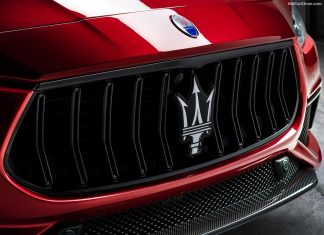Russian Autos Market in 2019 has already ended the recovery, ending two consecutive year of growth. Indeed, the full year ended with 1.76 million units sold, down 2.4% from the previous year. Chevrolet and Ford collapsed respectively at 1.2% and 1.7%.
Economic Environment
Expenditure-side national accounts data revealed that stronger domestic demand led the third-quarter pick-up in growth, though activity remained relatively sluggish overall. Household spending, in particular, fared strongly as falling inflation supported real incomes while signaling that consumers are recovering from the VAT hike earlier in the year. The external sector, meanwhile, dragged yet again on growth, with exports contracting for the third consecutive quarter amid a subdued global trade environment.
Turning to Q4, available data points to a loss of momentum. Economic activity eased sharply in November, as did industrial production on meager manufacturing output, with average growth of both indicators in October–November well below that of Q3.
Market Trend
Russian automotive industry grew up at the all time record in the 2013 when hitting the 2.92 million units was among the top 10 in the World.
However, the market was severely hit by Crimea-related sanctions and since the 2014 dropped down losing over the half of the volume in only three years landing at 1.42 million units in the 2016 when the fall ended, to start a progressive recovery.
The new more positive trend, however, was shy and the market closed the 2018 with 1.8 million units while in 2019 the market pushed the brakes.
Indeed, in 2019, after 2 consecutive years of double-digit growth, the full year ended with 1.76 million units sold, down 2.4% from the previous year.
The local manufacturer, Lada, controlled by Renault Group, was the most hit by the 2014-2017 crisis losing share up to an all time negative peak in the 2014, with 15.4%. However, the release of new models supported the recovery plan and since 2018 the brand have gained back the 20.1% share quota defined as target by the Management, confirming this level in the current year.
Korean brand have gained wide spaces in the recent years, with Kia ranking as second, growing from 5.5% in the 2010 to 12.9% market share. Hyundai was third, after having doubled share from the 4.6% in the 2010 to the 10.1% in the 2015 and then remaining stable at this level.
If Koreans were the top winners, the losers were the American, with Chevrolet down at the 1.2% negative record and Ford down at 1.7% in 2019 from 4.5% in the 2012, confirming its declining trend.
Tables with sales figures
In the tables below we report sales for all Brands, top 10 Manufacturers Group and top 10 Models











